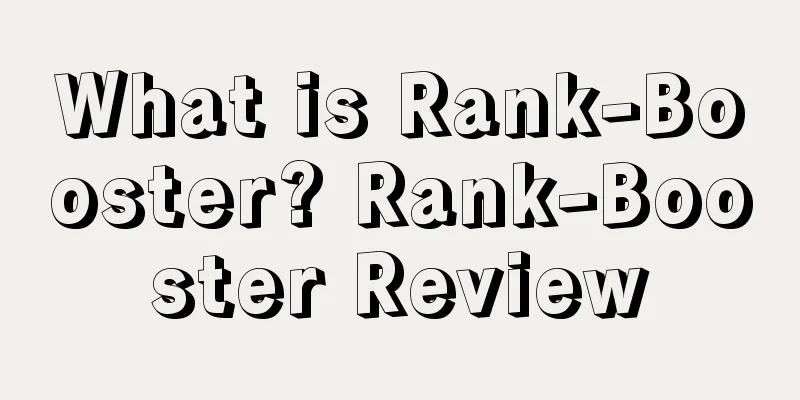What is the Indian e-commerce market entry model? Evaluation of the Indian e-commerce market entry model

|
There are two modes of entry into the Indian e-commerce market: direct sales through foreign business entities and sales through Indian entities . 1. Direct sales through a foreign business entity Generally speaking, Chinese sellers who sell directly through foreign entities sell products to consumers in India through independent websites or e-commerce platforms outside of India, using a direct logistics model. Advantages: No need to build inventory, prevent inventory backlogs, and no need to cooperate directly with local Indian companies. Disadvantages : The overseas direct delivery logistics model takes a long time, is expensive, and has high tax costs, which is an average of 30% of the selling price. It is not suitable for products with low unit prices; it cannot meet the requirements for refunds and returns, affecting customer experience. It is applicable to "Significant Economic Presence (SEP)", which will be the focus of Indian government supervision in the future. 2. Selling through Indian entities In accordance with India's FDI regulatory requirements, some Chinese sellers look for local partners in India to jointly set up Indian entities, transport goods from abroad to India, and then use the Indian entities to open stores on Indian e-commerce platforms for sales, such as Amazon India, or sell to Indian wholesalers according to the B2B sales process, and finally sell to consumers, completing the entire sales chain. Advantages: Effectively improve logistics efficiency and costs, and enhance the purchasing experience of local buyers. The tax rate is slightly lower than that of foreign physical sales, averaging 23% of the selling price. Disadvantages: According to Indian FDI regulations, Chinese sellers can only hold 49% of the shares in the Indian entity established by Chinese sellers and their Indian partners, which may lead to repayment risks and unfair transactions. Chinese sellers need to have a certain understanding of local laws, regulations and cultural customs. The direct delivery model is relatively costly and small in scale. Considering taxes, costs, and compliance, the second model of selling through Indian entities is more suitable for the needs of Chinese sellers at this stage. However, the local knowledge and relationship network required for this model are very complex. |
<<: What is Xiaoxing Logistics? Xiaoxing Logistics Review
>>: What is Xiaofeixia Logistics? Xiaofeixia Logistics Review
Recommend
There is a risk of falling! This baby stroller on Amazon is urgently recalled!
<span data-shimo-docs="[[20,"获悉,据外媒报道,2月16...
Amazon off-site promotion tips: How to reduce Facebook advertising costs?
Amazon sellers, are you still worried about Faceb...
Understand Walmart’s situation in one article; the future blue ocean market is about to begin!
Now many sellers are gradually becoming confused w...
28 essential Amazon operating knowledge and common problem response strategies
1. Classification review entry: 2. The ad was cli...
Trump is stable! Brother-in-law angrily blocked 10,000+ accounts! A large number of sellers were linked!
The much-anticipated US presidential election has ...
What is the Amazon Price Protection Program Policy? Review of the Amazon Price Protection Program Policy
The Amazon Price Protection Program Policy is a po...
What is Jeff Bezos (Brother-in-law)? Jeff Bezos (Brother-in-law) Review
Jeff Bezos (brother-in-law) is an American technol...
The seller was defrauded of more than 500,000 yuan! A new type of pig-killing scam has appeared in the cross-border industry
Recently, the "pig-killing scheme" has r...
The most comprehensive method of following sales in history
Today I want to share with you how Amazon sellers ...
What is Six Degrees Consulting? Six Degrees Consulting Review
Shenzhen Liudu International Business Consulting i...
What is Chuanliu.com? Chuanliu.com Review
Chuanliu.com is a cross-border e-commerce comprehe...
What is Forest International Freight? Forest International Freight Review
Forest Shipping Co., Ltd. was established in 2010....
Share three very practical Amazon operation tips
1. Regarding Amazon inventory performance, many p...
TikTok responds to the US "sell or ban" bill: will take the case to court!
US President Biden signed and passed the "Byt...
Cross-border version of 3.15: Account selling service providers and Amazon’s 350,000 product sales have all collapsed!
The annual 315 Party came as scheduled. At the mee...









